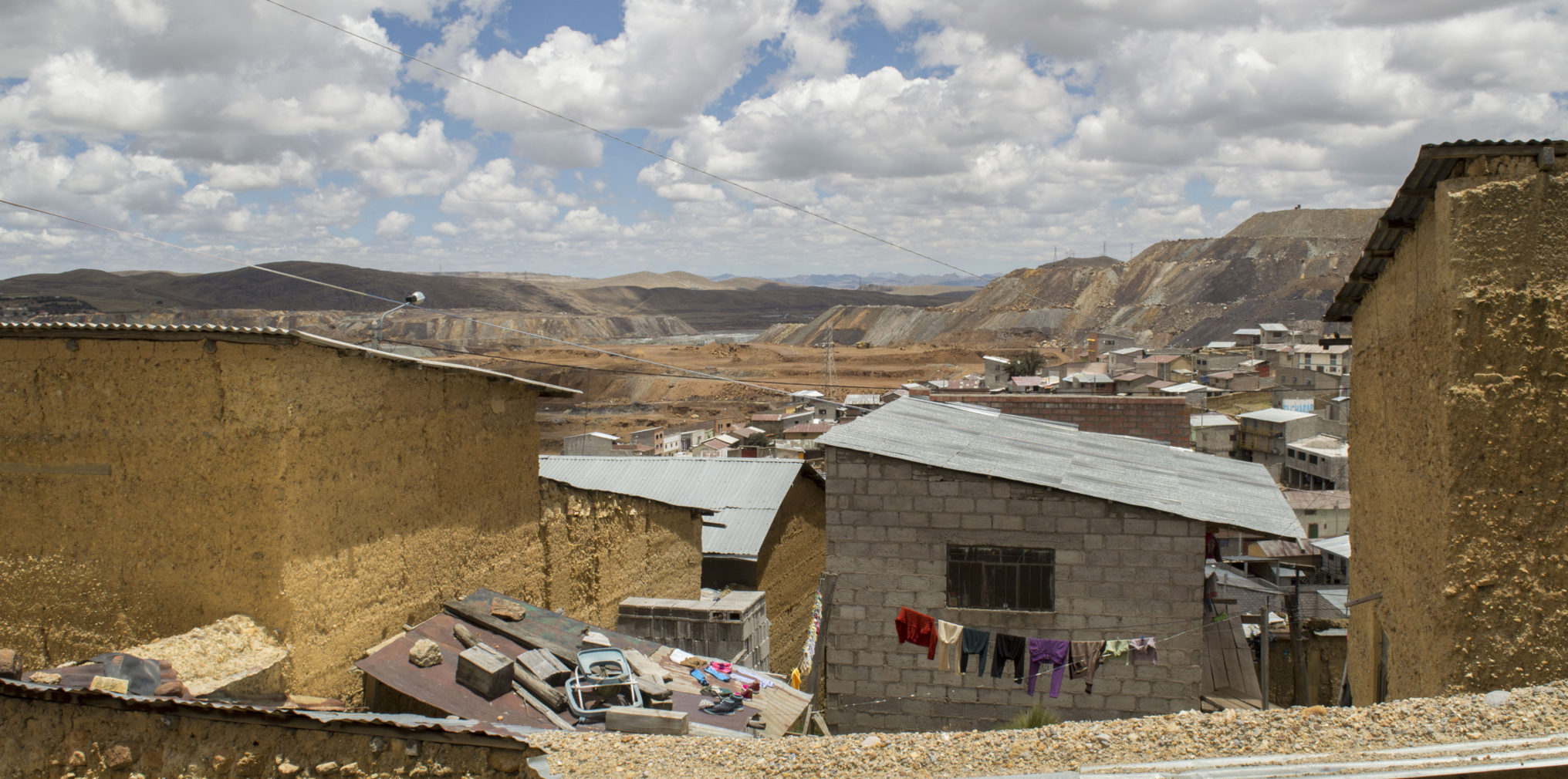
Residents of Pasco Region in Peru, which live in and around the highest mining town in the world, are protesting again because more than 2,500 children are barely surviving due to heavy metal pollution in the water and air from an open-pit lead and zinc mine that has been expanding since 1956.
About two months ago, many Rancas community members chained themselves to the Health Ministry in Lima and camped there for at least eight days demanding basic services.
According to reports, as many as 90 percent of all children and roughly 80 percent of fertile women in the regional capital Cerro de Pasco have unsafe levels of lead, mercury, arsenic, tungsten, and other heavy metals in their bodies. Less than half of people there have access to potable water and basic sewerage.
But smaller, nearby communities like Rancas are some of the most affected, as they all share the same polluted watershed. And most have never made the news.
A law to relocate Cerro de Pasco never materialized because payment terms were left undecided. Peru's government was reluctant to pay, as it would cost over US$450 million to move everyone, according to the mining company, Volcan Compañia Minera. The company blames activity over several decades, if not centuries, for deep-rooted toxicity.
Do small towns have a way out of this fiasco? Would they want to leave their communities? Does anyone have a plan? This project aims to answer those questions.
-
×
 English
English







